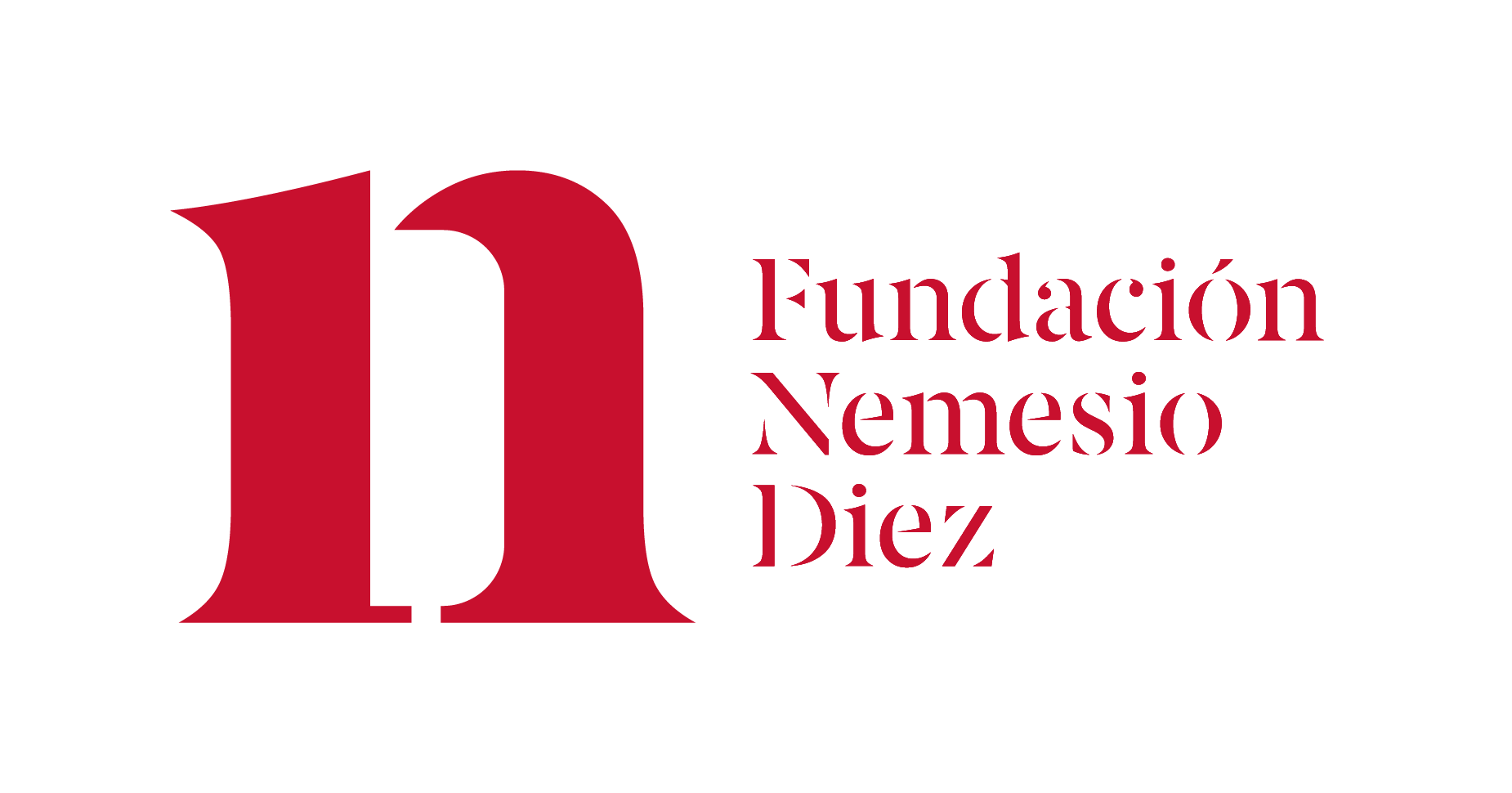The Spanish Orders
Monks and Warriors
The Orders were founded in the 12th century following the religious and chivalric impulse of the crusades. Once the first one ended with the conquest of Jerusalem, it was necessary to think about its defense, and with that design, the French Hugo de Payns establishes in 1120 the Order of the Temple, the first of all the military Orders. In 1126 the Benedictines established the Order of the Hospital of St. John of Jerusalem and both became the guardians of the Holy Places.
Since the Muslim invasion in 711, Spain nurtured an eagerness to restore its identity, which it had achieved with Roman Hispania and politically with the Visigoth Recaredo. Its aspirations joined the crusader spirit for the foundation of its own Orders: Santiago, in 1175; Calatrava, in 1164; Alcántara, in 1177, and Montesa, in 1317.

Photo of the emblems of the Orders of Santiago, Calatrava, Alcántara and Montesa
Their aim was to defend the Christian faith, and the objective, to recover the territories occupied by Islam. Thus, the knights of the Orders were the protagonists of the Reconquest in the capture of Cuenca (1177); the disaster of Alarcos; and also, among others, in the great victory of Las Navas de Tolosa (1212); in the reconquests of Valencia de Alcántara (1221), and in the campaigns that ended with the liberation of Cordoba (1236) and Seville (1248). Finally, in the great victory of the Salado River (1340).
Once the Reconquest was over, they defended the border established with the vassal kingdom of Granada where the Muslims were confined. When the Catholic Monarchs decided to put an end to this reserve of Islam, the final war fell mainly on the four Orders. Gutierre de Cardenas, Master of Santiago, certifies the victory on December 30, 1492.

Ruins of the castle of Montesa, which was the headquarters of the Order until the 18th century. Monastery of Santa María la Real (Fitero), first seat of the Order of Calatrava during the 12th century.
Nobility and Service
At the dawn of the 16th century, the Spanish Orders have reached the end of the objective they had set themselves. Spain is all Christian. Ferdinand and Isabella succeeded in getting the Pope to grant the King of Spain perpetual mastership of these institutions. In 1523 Adrian VI granted the bull for Santiago, Calatrava and Alcantara. Montesa is delayed until 1587.
The Spanish Orders will fulfill the objective of defending the faith, paying with their patrimony the cost of the continuous wars. In order to administer the immense patrimony and to govern its numerous vassals, the Royal Council of the Orders is constituted.

Alfonso VIII of Castile and Leonor of Plantagenet hand over the castle of Uclés to the Master of the Order of Santiago Pedro Fernández de Fuentencalada, on January 9, 1174. National Historical Archive.
The Spanish Orders undergo a deep transformation: the rigor of the vows is mitigated and a discrimination on races and converts is introduced, not very Christian, but that follows the feeling of the time. On the other hand, nobility was exalted as a vital attitude and with it the sense of duty, honor and loyalty, and secondly, the Christian family was exalted by exalting the lineage. The Orders then become loyal servants of the King. This situation will last more than three hundred years.

Isabel II, as Grand Master of the Spanish Military Orders. Knight Gaspar de Guzmán y Pimentel, Count Duke of Olivares (1587-1645). Validate of Philip IV, the most powerful personage of Baroque Spain.
The adverse times
The 19th century is the century of adversity. The suppression of the lordships in the Cadiz of the Constitution of 1812, the first disentailment of 1820 and the definitive disentailment of 1835 deprived the Orders of their already diminished assets.
The Revolution of 1868, which ends in the I Republic, is the peak of the misfortunes for the Orders, which are suppressed unilaterally by the State in 1873. When the Monarchy was restored with Alfonso XII, they were reestablished in 1874. From that moment on, the Orders became the most prestigious noble institution.

Investiture of King Alfonso XII of Spain (1857-1885), as Grand Master of the Spanish Military Orders, on February 24, 1877.

D. Diego de Silva Velázquez, Knight of the Order of Santiago.
D. Pedro Franqueza y Esteve (1547 – 1614) Knight of Montesa.
Modern times
In 1931, the Second Republic dissolved the Spanish Orders, which, in order to survive, took refuge in the law of civil associations. They maintained a precarious life until the Concordat of 1953, which recognized the Priory.
In 1980, King Juan Carlos I encouraged the revival of the Orders. In the heat of the Apostolic Letter Tertio millenio adveniente, the Spanish Orders began their adaptation in 1996.
Today, their aims are basically the same as when they were founded: charitable, social and cultural work, the defense of the faith, personal sanctification and divine worship. Its two hundred and fifty knights maintain the spirit of the Orders of Santiago, Calatrava, Alcántara and Montesa under their Grand Master, King Felipe VI, and the Royal Council of the Orders, presided over by H.R.H. Don Pedro de Borbón Dos Sicilias, Duke of Calabria.

D. Gaspar Melchor de Jovellanos, Knight of the Order of Alcántara.
D. Pedro de Berberana y Aperregui, Knight of the Order of Calatrava.

S.A.R. D. Juan de Borbón y Battenberg, Count of Barcelona.
S.M. el Rey D. Juan Carlos I de Borbón, Grand Master Emeritus.
S.M. el Rey D. Felipe VI, Grand Master and Perpetual Administrator by Apostolic Authority of the Military Orders.








